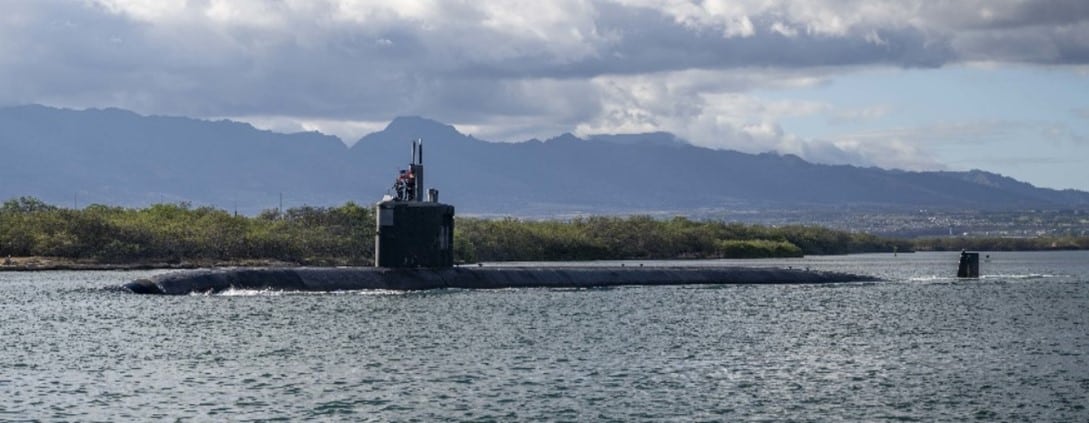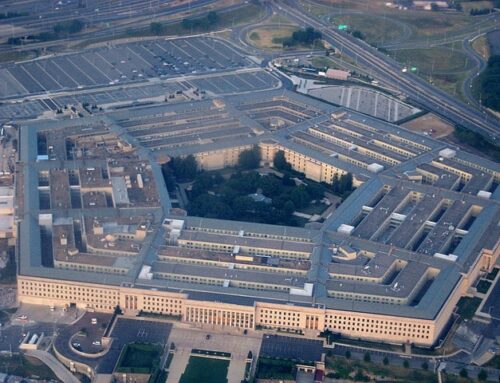A recent analysis by the Congressional Budget Office (CBO) of the Navy’s fiscal year 2024 shipbuilding plans, which include three distinct alternatives, estimated the average cost over the next 30 years to be between $34 billion and $36 billion annually. This is approximately 31 to 40 percent higher than the average spending over the past five years.
One of the more striking findings is that the CBO estimates the true cost of the Navy’s shipbuilding plans to be significantly higher than the Navy’s estimates, 16 percent higher in fact. And this isn’t the first time. In its analysis of the FY2023 shipbuilding plan last year, CBO estimated the total cost of the plans at $30 billion to $33 billion annually, 14 to 18 percent higher than the Navy’s calculations. So, this seems to be a trend, and one that could have taxpayers spending a lot more than the Navy is disclosing.
To explain this discrepancy, the CBO notes that its estimates are higher “because CBO and the Navy made different assumptions about the design and capabilities of some future ships, used different estimating methods, and treated growth in the costs of labor and materials for shipbuilding differently.” Specifically, the Navy “does not account for the historically faster growth in the costs of labor and materials in the shipbuilding industry than in the economy as a whole,” an important difference for plans extending 30 years.
As for what these shipbuilding plans would entail, the Navy’s first and second alternatives highlight some of the tradeoffs the Navy is weighing under similar spending levels, while the third option takes more of an “all-you-can-eat” approach.
Specifically, under Alternative 1, with an estimated annual cost of $33.8 billion over the next 30 years, “The Navy would buy more large surface combatants and fewer attack submarines than under Alternative 2 but would buy more next-generation variants of those ships. It would buy the fewest large amphibious ships but would build small amphibious ships faster than under Alternative 2.” This plan would add 33 ships to the battle force, increasing the total from 290 to 323 ships.
Alternative 2, with an estimated annual cost of $33.6 billion over the next 30 years, “The Navy would place the most emphasis on undersea warfare by buying more submarines than under the other alternatives. It would buy fewer next-generation submarines and more submarines of existing classes. It would buy more large amphibious ships than under Alternative 1 and fewer small ships than under Alternatives 1 or 3.” This option would add 37 ships, bringing its number of battle force ships from 290 to 327.

The Los Angeles-class fast-attack submarine USS Columbia (SSN 771), Joint Base Pearl Harbor-Hickam, Oct. 13, 2023. U.S. Navy photo by Mass Communication Specialist 1st Class Scott Barnes
Lastly, under Alternative 3, at an estimated annual cost of $36.1 billion over the next 30 years, “The Navy would buy more of all types of ships (and many more support ships), except for submarines, than under the other alternatives. Like Alternative 1, this alternative emphasizes moving to the next generation of major combatants.” Under this alternative, the Navy would add 75 ships, bringing its number of battle force ships from 290 to 365.
The CBO clarifies that neither its own nor the Navy’s estimates include the cost of nuclear refueling, nor costs associated with outfitting or purchasing ships that aren’t part of the battle force, even though these costs are generally funded through the Navy’s shipbuilding account. If these costs are included, CBO estimates the average annual cost of the Navy’s plans would increase by over $3 billion.
What’s more, the estimates don’t include operation and maintenance costs either. CBO projects that purchasing, operating, and maintaining the larger fleets envisioned in these plans would increase the Navy’s annual budget by roughly 30 percent, growing it from its current $245 billion to between $315 billion and $330 billion (in 2023 dollars) by 2053.
Congress tends to fund the Navy at levels well above its budget request each year, so cost overruns are likely to be met with more funding rather than strategic cuts. But Congress can help avoid those cost overruns in the first place by relying on the CBO’s superior data.
As Congress prepares to pass the defense appropriations bill to fund the Navy for FY2024, it should prioritize CBO’s more realistic cost estimates over the Navy’s, scrutinize the strategy behind these sizeable budget increases, and steer clear of the “all-you-can-eat” alternative that ignores our nation’s resource constraints.











Get Social